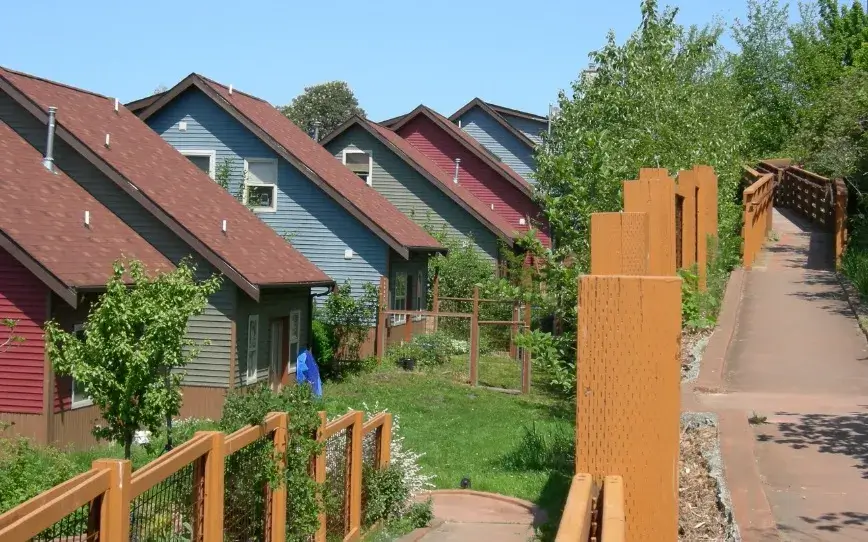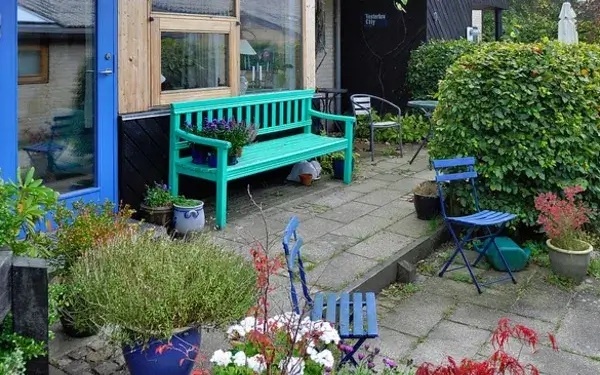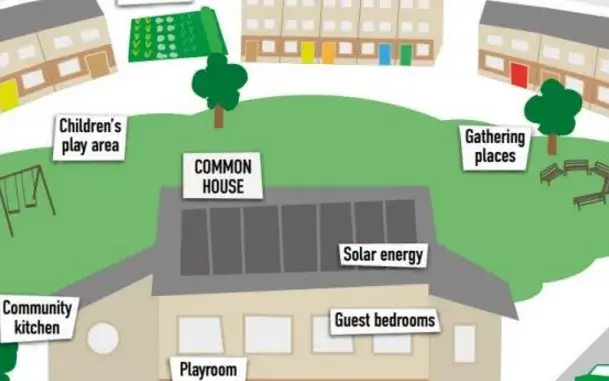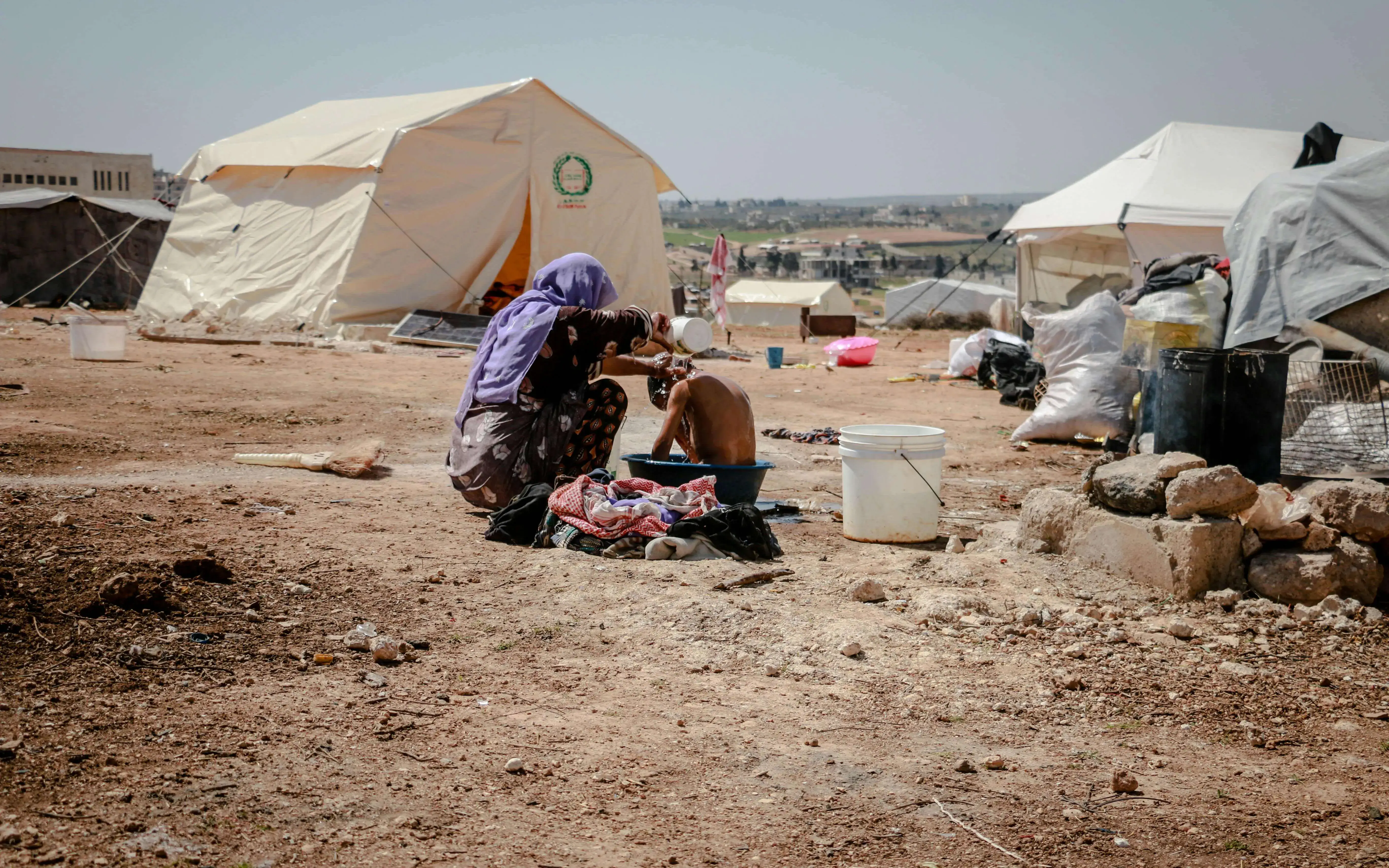The global movement of collective housing is a model based on communities of individuals living together in a cooperative way.
Cohousing could be defined as a community of people with a common element: their understanding of the link between private and collective life. In practical terms, it would be a community of individuals who, under a cooperative agreement, live together in a residential area. If we want to discover its origins, we have to go back to the sixties, more specifically in Denmark. The anglophone concept was born during the winter of 1964, when the Danish architect Jan Gudmand-Hoyer gathered a group of friends to discuss about alternative housing options. Since then, cohousing has evolved so much that at the moment there are different types: urban, rural, one-family houses, houses in the forest, in common areas, in distributed areas, etc. Nowadays, this system exists and has expanded itself in countries such as the United States, Canada, Sweden, and even Spain.
The origins of cohousing
Gudmand-Hoyer, supported by his friends, bought a piece of land in the outskirts of Copenhagen in order to build twelve houses with attached terraces and a core area with a swimming pool. That first idea did not work for the community of neighbours and, before building any house, they had to sell the land.
In 1967, other entrepreneurs, such as Bodil Graee, began to be interested in the movement. One year later, these new groups joined forces and found a place in Jonstrup, a small area located in the outskirts of the Danish capital, and in Hillerod. By the end of 1973, Saettedammen and Skraplanet communities had made their dream come true, meaning that they could build the first cohousing community.
Global presence of cohousing
By the eighties, the movement spread all over Europe. Nowadays, there are the following cohousing associations all around the world:
-
Denmark: Sttedammen, Andedammen, Ibsgaarden, The cohousing network, Trudeslund
-
Sweden: Cohousing Now
-
Norwegian: Stolplyckan
-
Germany: Wohnportal-Berlin, Selbstbau
-
United Kingdom: UK Cohousing Network, LILAC Cohousing, London Countryside Cohousing
-
France: UK Cohousing Network
-
Italy: Cohousing Italia, Terra Nova
-
Canada: Canadian Cohousing Network, Canadian Senior Cohousing
-
Australia: Cohousing Australia, Equilibrium, Common Equity Housing Limited, Urban Coup
They also have a strong presence in the United States. For example, in the outskirts of Austin (Texas), four couples that had been friends for more than 20 years built their houses on the banks of the river Llano. The goal was to live close to each other and to enjoy time together, one of the 12 reasons for cohousing.
Which is the current situation in Catalonia?
La Muralleta was born fifteen years ago, and we could describe it as one of the first housing cooperatives in Catalonia, located in Santa Oliva, El Vendrell. Apart from this one, there are other projects such as Sostre Cívic, a non-profit organisation which works to ensure non-speculative housing access, like cohousing, and which currently has 250 partners and 12 active groups.
There is another area in Cerdanyola, located close to the Autonomous University of Barcelona, which is being negotiated to build a new housing cooperative. But despite that, in Spain, legislation on the issue is still poor and there are some obstacles that prevent the growth of this movement, such as the credit crunch and the funding crisis of public administrations.









Add new comment